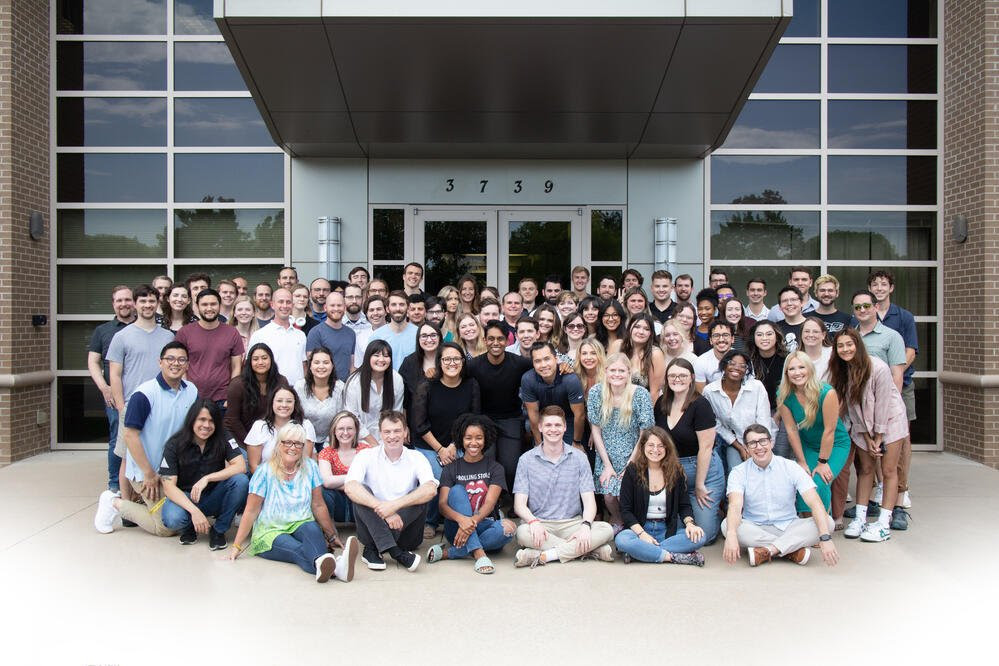Understanding Demand Sensing
Learn about:
- What demand sensing is
- How demand sensing improves supply chains
- How to use demand sensing to create better models
Added knowledge about customers’ needs and wants enables supply chain managers to make sound decisions, manage inventory better, and increase profits. Lately, there has been a lot of focus on improving forecasting within the supply chain, which has led to the extra emphasis on demand sensing.
Demand sensing is all about detecting what customers want when they want it and comparing that want to the supply of the product. Demand sensing differs from demand forecasting in that it attempts to leverage short-term trends rather than long-term plans.
Supply Chain Deficiencies
Supply chain malfunctions are a result of the issues in supply and demand management. Highs and lows of customer orders give rise to increased shelf-life for items in warehouses.
There is such a massive demand for an item in peak season that may result in short supply and, ultimately, total depletion. Unfortunately, a cause for extended lead time for items is excessive ordering, so in this forward and backward movement, shipping fees continue ungoverned.
Though long-term prediction is still highly critical to supply chain management, supply chain leaders must fine-tune their short-term forecasts in a matter of 56 days to consider the practical demand of items.
Simultaneously, a large number of SKUs, plenty of sellers, and globalization have rendered manual monitoring of inventory and forecasting outdated. Here is where demand sensing becomes a vital factor.
Related Reading: Demand Planning
Demand Sensing Improves Models
Demand sensing makes the prediction process automatic and powers in new technologies, including automation in the warehouse, and the accuracy and speed of forecasts, inducing shorter processing time. Demand sensing uses calculations and operational data to compute high precision forecasts. Otherwise stated, it is the use of analytics to learn the customers’ choices.
However, demand sensing emanates from supply and demand variability. In contrast to conventional demand forecasting, demand sensing can be traced back to using up-to-date information to create more precise, near-future forecasts.
These forecasts are meant for purchase and procurement, helping the warehouse replenish and reorder goods to fulfill customer demand. Using this, enterprises can deal with the fallout of variation without foregoing long-term plans and success.
When used together with inventory and slotting optimization, businesses can implement a just-in-time inventory management model. JIT inventory works efficiently in reducing transport expenses and makes the supply chain more receptive. By all means, supply chain leaders still should be aware of using the power of demand sensing to function in the contemporary supply chain.
Making the Most of Demand Sensing
Debating on the value of demand sensing makes it less opportunistic than other enhancements within the supply chain. Unfortunately, that concept is nothing short of a farfetched dream, and a few retail giants have maximized demand sensing to shorten lead times to 50% and reach a two-digit growth, according to Supply Chain Dive.
Nike’s interpretation of demand sensing utilizes swift prototyping and interlinked systems, making the most of real-time data to refine refilling and adding flexibility in the supply chain. Nike’s example teaches executives through these principal measures:
- Run warehouse management systems with other supply chain systems.
- Collate real-time data from every operation and channel.
- Dwell upon product lead-time.
- Understand the essentials of demand sensing, mainly automated, real-time forecasting, and ongoing improvement of forecasts, in screening vendors that present demand sensing.
- Collaborate with suppliers and buyers for data-gathering
and standardize refilling operations.
Using Demand Sensing
The concept of demand sensing foreruns analytics; however, it is a precious resource and a means to manage inventory and refill in supply chains. Managers must use technology and software so that demand sensing can move other inventory optimization processes further.
How SupplyPike Can Help
With SupplyPike's software, suppliers can improve the efficiency of their retail products from beginning to end.
Make your Root Cause Analysis count! Don't settle for just winning back money that shouldn't have been lost in the first place. Improve your supplier performance by ironing out the kinks in your supply chain.
Start a free trial today!
Related Resources
Written by The SupplyPike Team
About The SupplyPike Team
SupplyPike builds software to help retail suppliers fight deductions, meet compliance standards, and dig down to root cause issues in their supply chain.
Read More
About

SupplyPike helps you fight deductions, increase in-stocks, and meet OTIF goals in the built-for-you platform, powered by machine learning.
View SupplyPike's Website